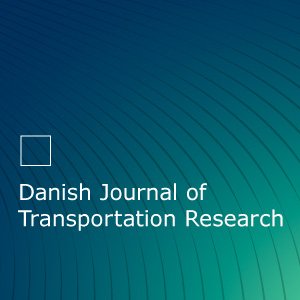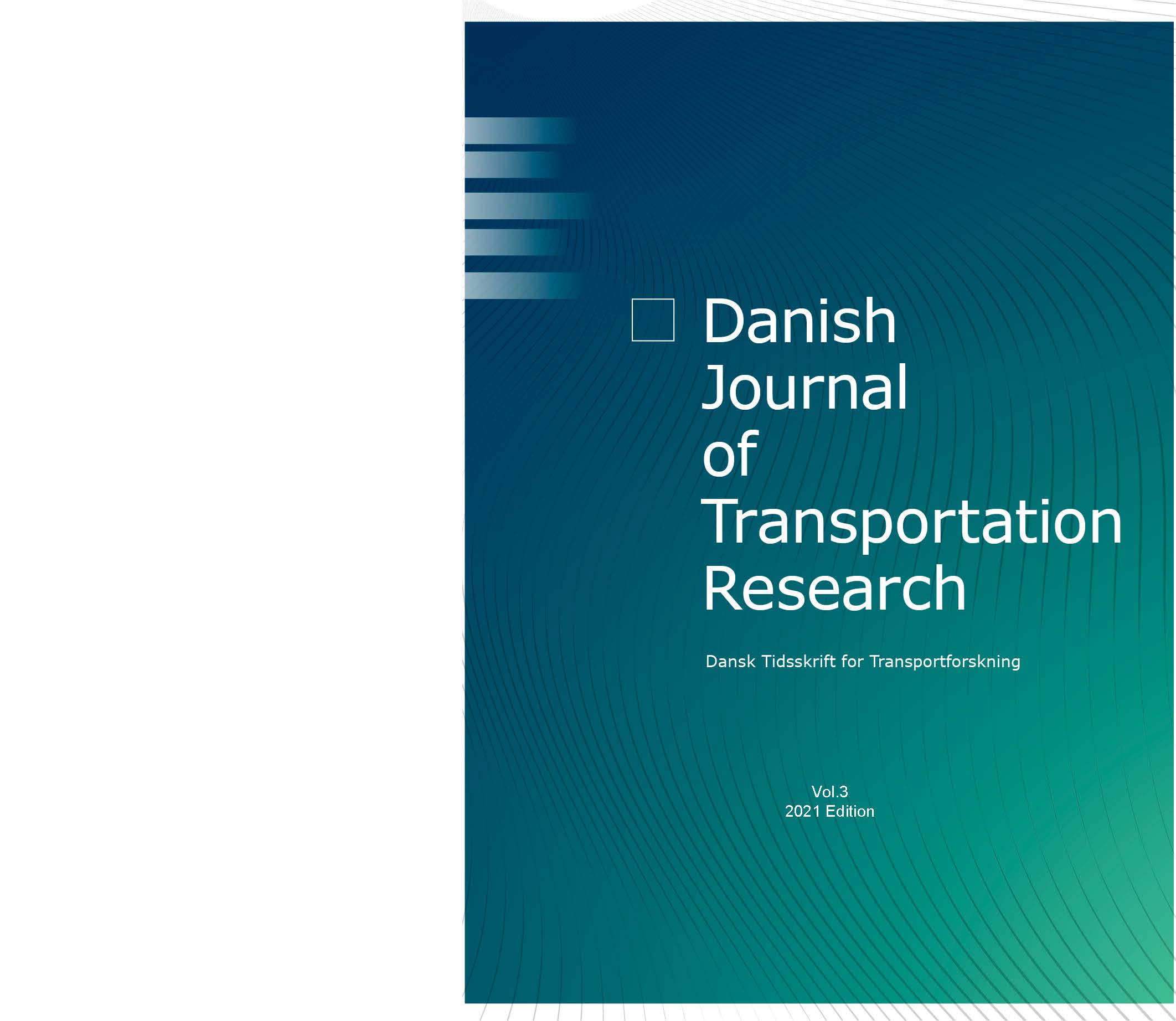How adaptive cruise control systems may increase congestion: An MFD perspective
DOI:
https://doi.org/10.5278/ojs.djtr.v3i1.4619Abstract
It is appealing to believe that adaptive cruise control (ACC) systems, the forerunner of autonomous driving systems, will provide congestion relief by allowing for more efficient driving. In the paper, we investigate this hypothesis by comparing the time safety gap of ACC systems (across manufactures) with the observed revealed safety gap of human drivers. By clustering the safety gap within a network macroscopic fundamental diagram (MFD) of a large Danish motorway in the morning peak, it is concluded that; i) human drivers maintain a significantly lower safety gap when compared to the implied average safety gap of ACC enabled cars, and ii) the lower safety gap is efficient from an MFD perspective. Hence, with the ACC technology state of today and by applying standard settings, increased use of ACC is likely to contribute to more congestion. In the paper, we discuss possible consequences and initiatives that might help mitigating the effect.
Downloads
Published
Versions
- 06-05-2021 (2)
- 06-04-2021 (1)
How to Cite
Issue
Section
License
Articles published in"The Danish Journal of Transportation Research - Dansk Tidskrift for Transportforskning" are licensed under the Creative Commons Attribution-NonCommercial-NoDerivs 3.0 Unported Licens.
Forfattere bevarer deres ophavsret og giver tidsskriftet ret til første publicering, samtidigt med at værket er omfattet af Creative Commons Attribution-licensen: Navngivelse – Ikke-kommerciel - Ingen Bearbejdede Værker (by-nc-nd). Læs om licensen på http://www.creativecommons.dk/om/.
Authors maintain their copyright ownership and give the Journal right to the first publication, at the same time paper is covered by the Creative Commons Attribution-license: Attribution – Non-commercial - No derives material (by-nc-nd). Read more about the license at http://www.creativecommons.dk/om/.


